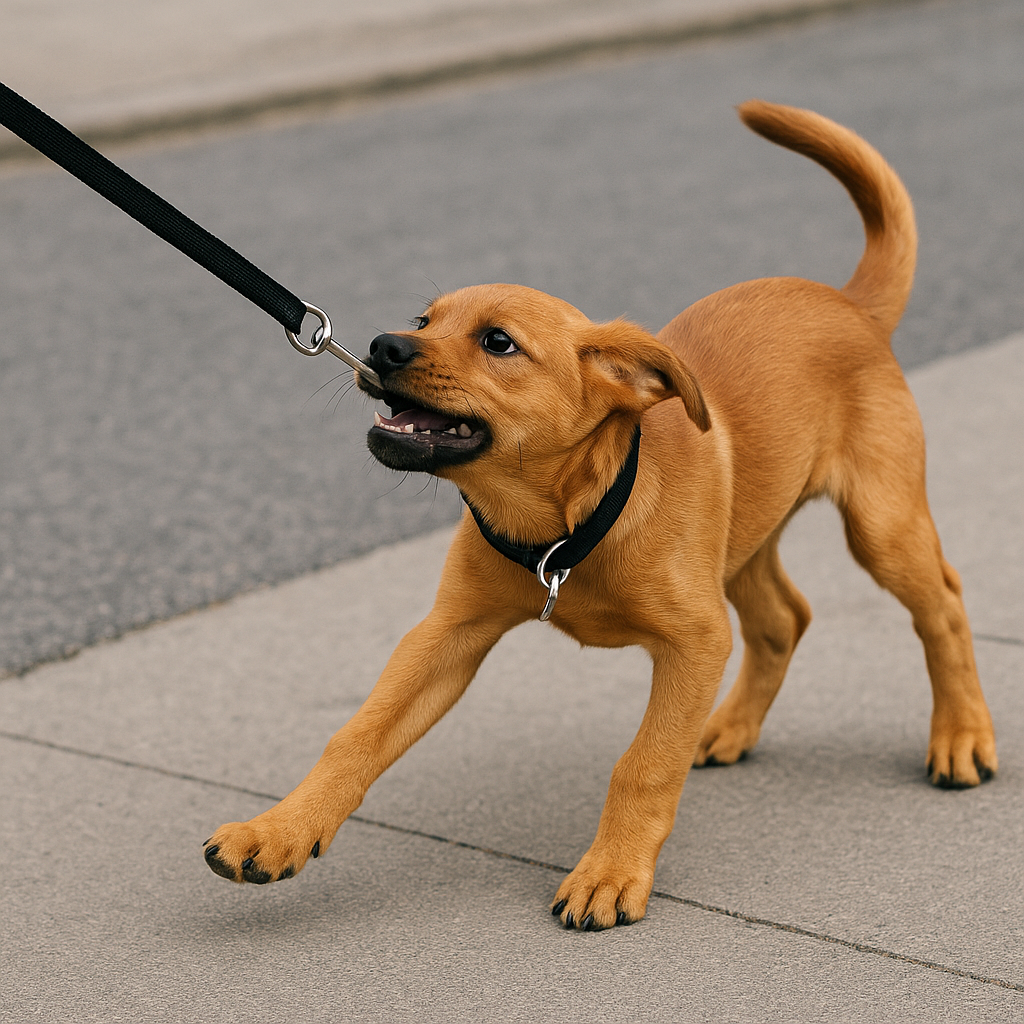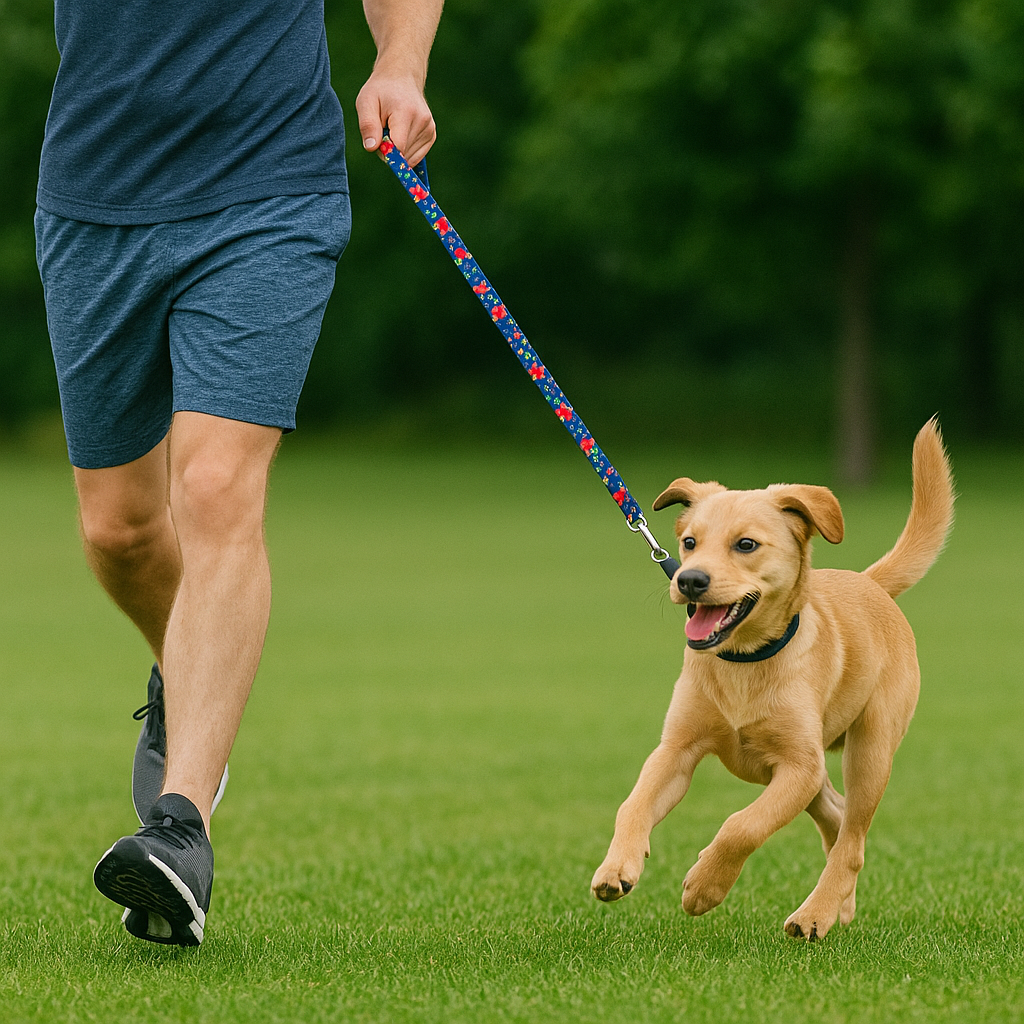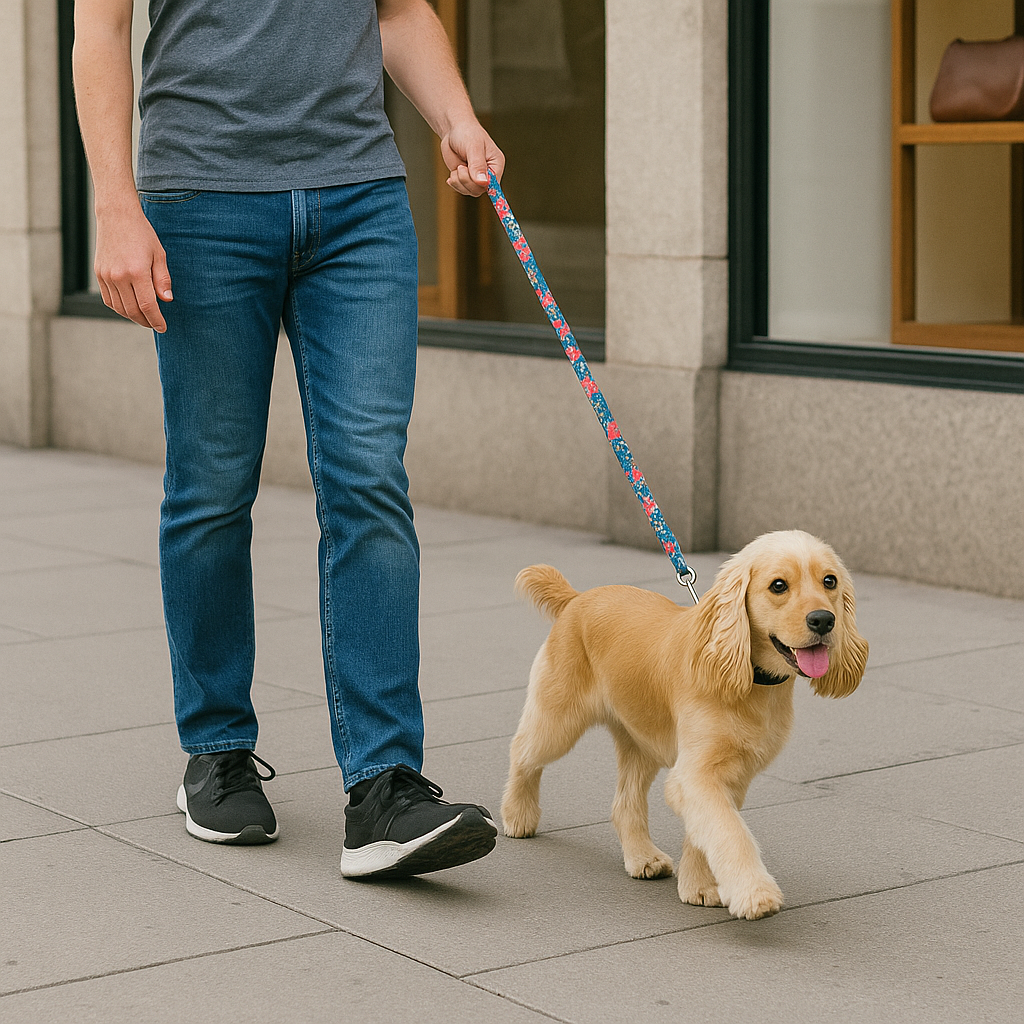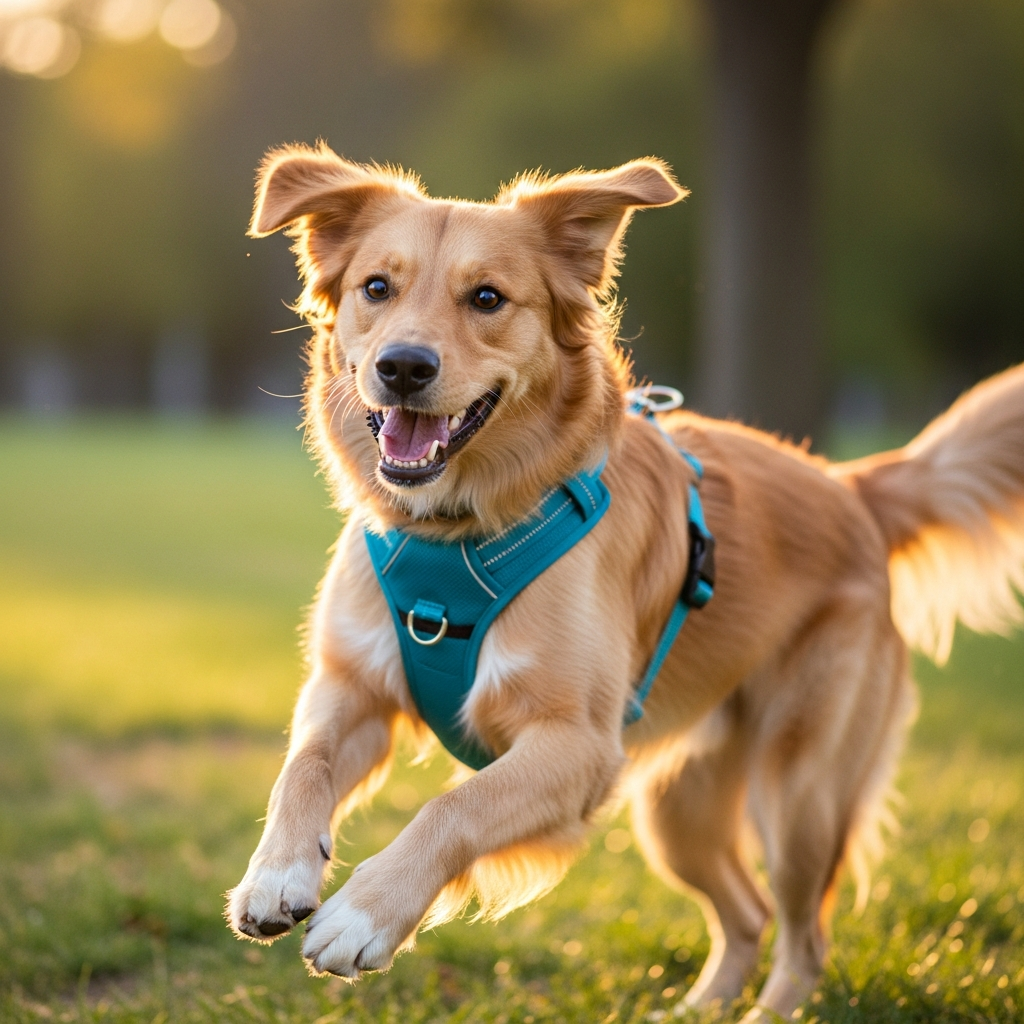Tired of being pulled down the street? Constant pulling can result in injuries, frustration, and lack of control. A simple training adjustment can make all the difference.
Dog pulling has the potential to transform a pleasant walk into a stressful experience. To address this behavior, concentrate on consistent training, utilizing the appropriate tools, and implementing positive reinforcement. Begin with correct techniques and establish a routine of calm, controlled walks.
Do not despair—the right approach has the power to turn your walks into enjoyable bonding experiences.
Why Do Dogs Pull on the Lead?
Dogs pull on the lead because walking on a leash goes against their natural instincts. They are curious, excited, and keen to explore, and without clear boundaries, pulling becomes a learned behavior. Young dogs often take the lead, especially if they have not been properly trained to walk on a leash. Many owners inadvertently reinforce this behavior by continuing to walk when their dog pulls, effectively teaching the dog that pulling yields results. To break this cycle, it is crucial to show your dog that walking calmly brings better rewards than rushing ahead.

What Tools Help Control Pulling?
The right tools can make a significant difference. Trainers often recommend a dog slip lead, which gently tightens when a dog pulls, aiding in correcting the behavior. Another option is a hands-free dog leash, particularly convenient for joggers or multitaskers, as it centralizes control and prevents tugging. A dog long lead is excellent for recall training, while a durable dog leash chain is suitable for strong pullers. It's best to avoid using a retractable dog leash, as it encourages pulling by allowing too much slack. Platforms like Amazon offer training-specific leads designed to minimize tugging.


How Can You Train a Dog to Walk Nicely?
Training revolves around consistency and clarity. Begin in a distraction-free area, holding the dog lead for training short but relaxed. When your dog pulls, immediately stop and either stand still or walk in the opposite direction. Only proceed forward when the lead is slack. Utilize treats or a clicker to reward calm walking. Through consistent practice, your dog will comprehend that a loose lead signifies advancement. Short daily training sessions are most effective, and patience is essential. Maintain firm yet positive commands consistently. Every step forward is a victory for both you and your dog.
Summary
Stop the pulling, start the bond—controlled walks create better pet companions.
Cindy Long is the Sales Manager of Raysunpets and a pet lover with over 12 years of experience in exporting pet products. She specializes in providing customized dog chest carriers, leashes and pet accessory solutions for the European and American markets, always focusing on the real needs of customers and pets, and is committed to creating high-quality, practical and comfortable products that allow fur kids to live happier lives.


